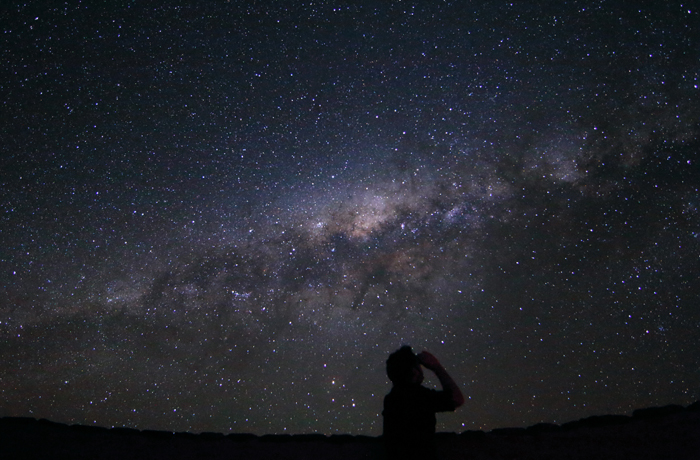
Nocturnal conservation and Dark Sky Places
Why do dark skies and the nocturnal environment need conservation?
Conservation is the care and protection of precious resources so that they can persist for future generations. DarkSky recognizes that the night sky is a natural, cultural, and historic resource that closely intertwines humankind with the nocturnal environment. Additionally, the International Union of Conservation of Nature (IUCN), identified as the global authority on the status of the natural world and the measures needed to safeguard it, recognizes the importance of natural darkness to nature conservation, to ecological integrity of protected areas, and to the sustainability of healthy lives in healthy cities. However, the presence of the growing, urgent, and global threat of light pollution poses a risk of losing this resource forever if we do not invest in action to save it.
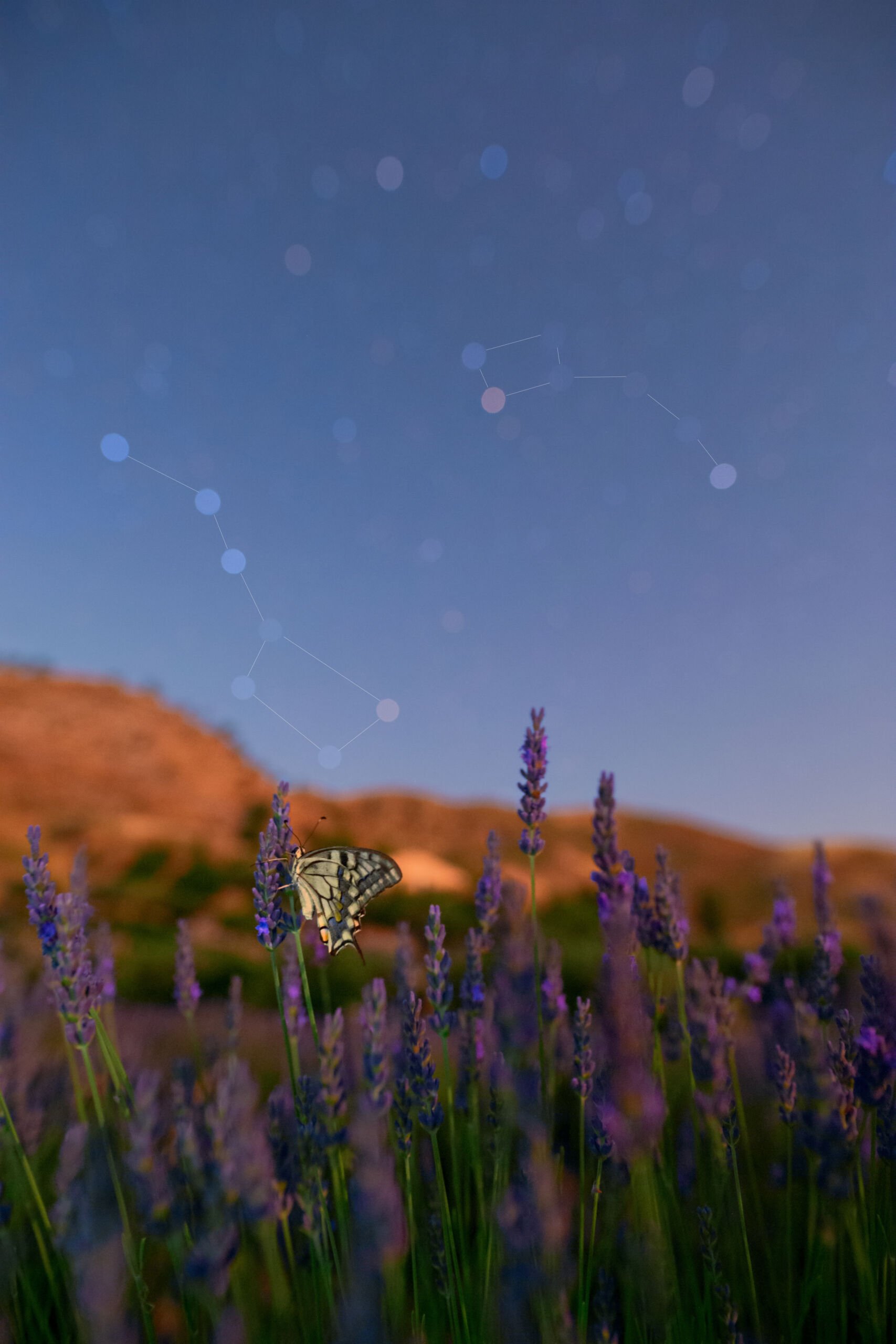
In response to this diminishing resource, the Dark and Quiet Skies for Science and Society Working Group, led by the International Astronomical Union, provided the recommendation that, “in order to safeguard the right of any citizen to enjoy the vision of the starred sky, we recommend that national and local governments establish a suitable number of ‘Dark Sky Oases’ and protect them from excessive artificial light at night.”
In line with this recommendation, the International Dark Sky Places Program recognizes and conserves the gradient of experiences that define life on Earth in modern times, which include:
- Natural darkness, which supports ecosystems that have relied on the balance of the day/night cycle for millions of years, as well as maintaining our own health and wellbeing. In a dark and quiet environment, we look up to the stars in awe and inspiration as we ponder our place in the universe.
- Outdoor lighting with a purpose that ensures our communities are well lit to enhance nighttime activities, provides safe environments for residents, and restricts unnecessary light from seeping into nearby protected areas.
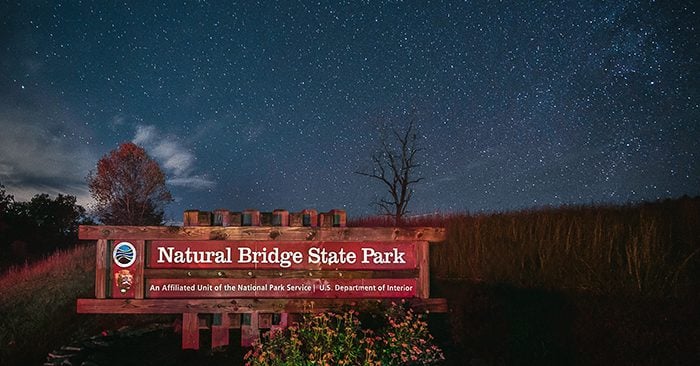
How does the International Dark Sky Places program contribute to dark sky conservation?
Our internationally recognized certification serves to encourage communities, parks, and protected areas around the world to preserve and protect dark sites through four key actions:
- Lighting policy — Policies (also known as ordinances, bylaws, lighting management plans, planning documents, codes, or other legal documentation) help keep communities and agencies accountable by following a set of standards and expectations for what is acceptable outdoor lighting. The success of a lighting policy will increase when there is widespread community awareness that light pollution is a problem that exists and can be alleviated through a pragmatic approach.
- Dark sky friendly retrofits — Once the standards for outdoor lighting are adopted, the next step is to implement dark sky-friendly and community-friendly lighting. If well executed, certified Places can demonstrate a reduction in wasteful, excessive light pollution and instead restore natural darkness in protected areas and around our communities.
- Outreach and education — Engaging outreach and insightful education are by far the most important tools at our disposal. By providing advocates and stakeholders with the right information, we can inspire and encourage them to take action and implement strategies that result in positive change.
- Monitoring the night sky — Continually monitoring this resource gives us some indication of whether light pollution levels are changing in a given area, for better or for worse. If we see trends of growing light pollution, that information can be used to spark interest in areas to protect these identified endangered dark skies. Yet, if we see a reduction in light pollution, we can use those success stories to encourage others to follow that example.

Do these actions work?
Yes they do! Unlike other sources of pollutants, as soon as the source of the unnecessary light is removed from the environment, we can measure immediate and tangible improvements. In fact, two recent studies, one by Hyde et al., 2019, and another by Kyba and Coesfield, 2021, already show evidence of these trends across a decade of satellite observations.
We can point to local success stories as well:
- Kozushima Island, Japan, documented the return of nesting sea turtles after they retrofitted their lights to be warm-colored and fully shielded, and eliminated light spill on critical nesting habitat.
- Mont-Mégantic, Canada, leads changes in surrounding communities across a landscape scale to embrace shielded, lower intensity, and warmer-colored lights.
- Diverse and creative engagement efforts across all certified Places are highlighted in the 2020 and 2021 advocacy summary reports.
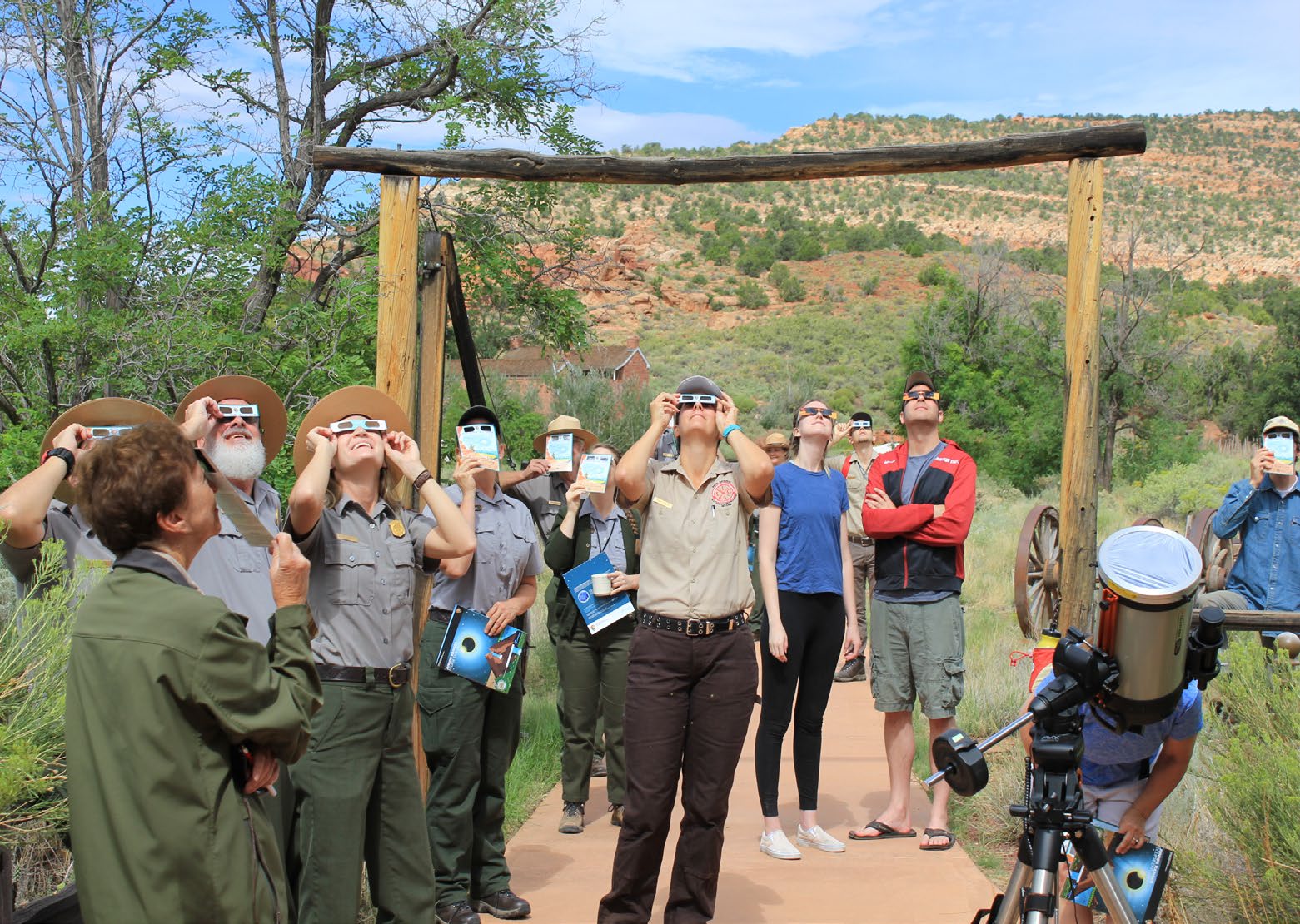
Is this a credible certification?
DarkSky International received national recognition for public involvement and partnerships when it received the 2015 National Environmental Excellence Award by the National Association of Environmental Professionals.
Many national agencies, such as the U.S. National Park Service, Parcs Nationaux de France, and areas protected as Areas of Outstanding Natural Beauty (U.K.) have multiple units certified through this program. International Dark Sky Place certifications enlighten stakeholders to update agency-wide policies to officially recognize dark skies as a resource worth protecting, which then trickles down and influences other units within the respective agency. Efforts to promote quality lighting designs through guidance documents may extend to communities and regions around the certified Place. Examples include the Towards a Dark Sky Standard in the U.K., a County Development Plan to upgrade roadway lighting in Ireland, and the recommendations leading to the adoption of the Insect Diversity Protection Act that reduces light pollution for sensitive nocturnal species in Germany.
Certifications not only demonstrate a Place’s commitment to celebrating and protecting dark skies through their nomination, but also through submitting annual reports to the International Dark Sky Places program. These reports show how each Place maintains the four key actions relating to dark sky conservation long-term, as well as efforts to expand and grow the movement to reach new audiences after they received the internationally recognized certification. Both the nomination and annual reports are publicly available on each Place’s respective page on DarkSky’s website.
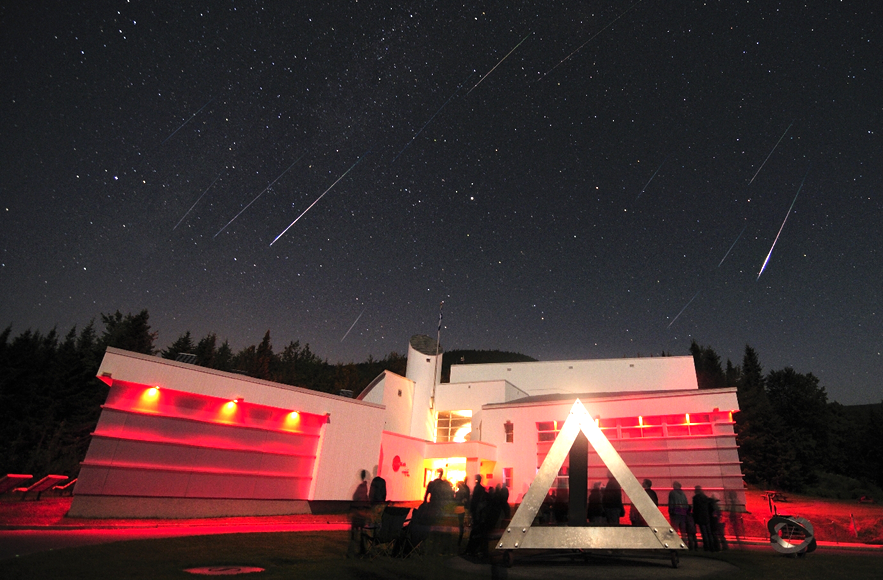
How has this program grown over time?
DarkSky started the International Dark Sky Places Program in 2001, with Flagstaff, Arizona as the first “International Dark Sky City.” In 2010, we hit the milestone of 10 International Dark Sky Places. By 2016, we reached 50 Places, by 2019 we had 100 Places, and in 2022 we reached 200 Places, encompassing over 160,000 square kilometers of protected lands and night skies across 22 countries. That’s a nearly 300% increase in the past six years! And there is no sign of slowing down, as we are receiving a growing number of inquiries from sites interested in joining the program.

What can I do to help protect dark skies?
Visit
When you visit a nearby International Dark Sky Place, not only will you have a breathtaking experience, but by visiting these locations your tourism dollars help sustain and protect these rare and fragile locales for the benefit of future generations.
Apply
If you represent a community or a protected area and are interested in preserving dark skies longterm, click here to learn more about how to apply for certification through the International Dark Sky Places Program.


















